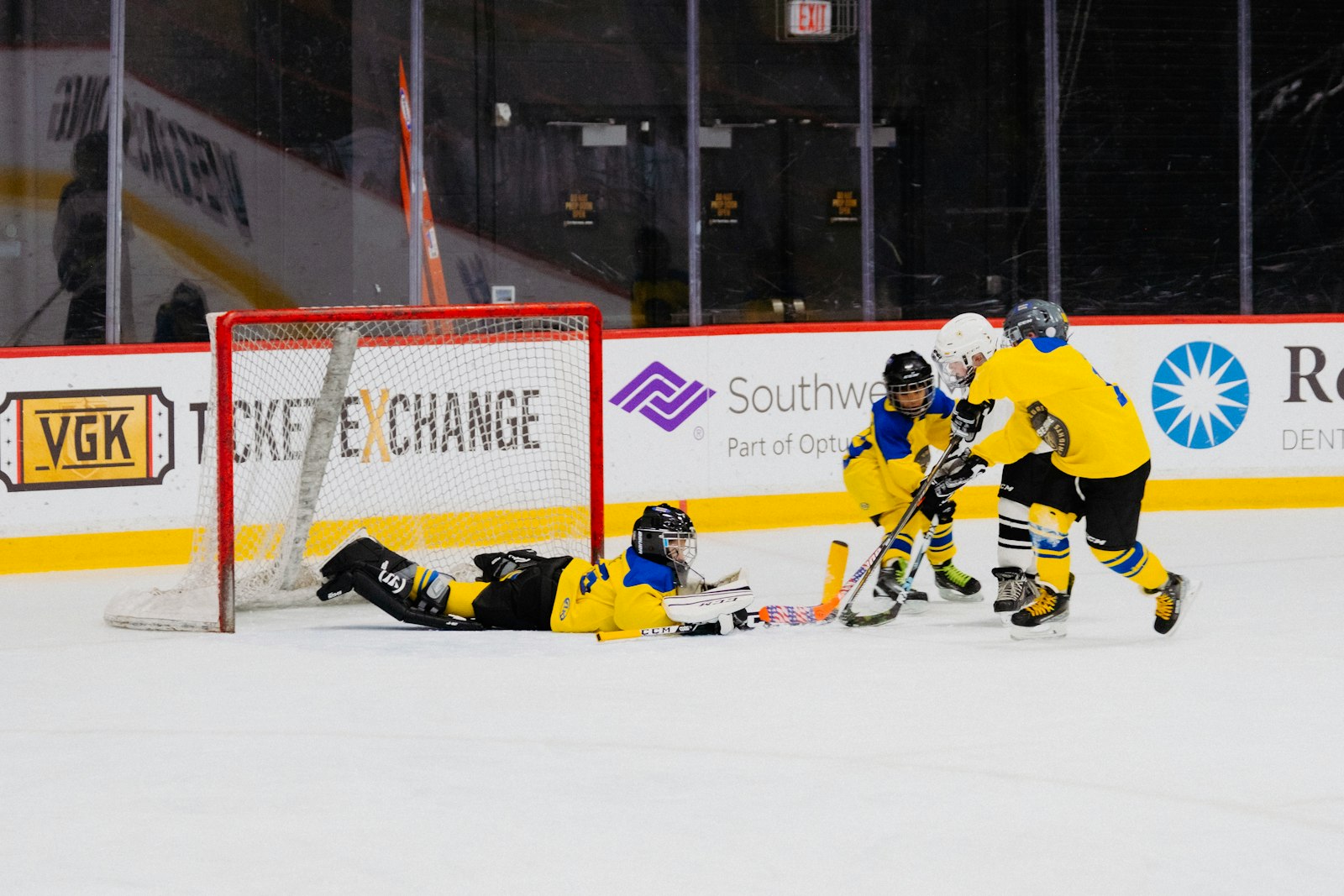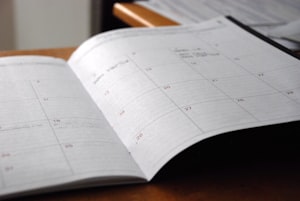Last offseason was the summer of the Leafs goalie. It was the only real topic of discussion, since it seemed like no other major moves would happen on the team. The Leafs got obvious fit Zach Aston-Reese. They tried a couple of others who didn't work out and they rolled to the trade deadline with mostly last year's team, as expected. It was the goalie moves that mattered for the regular season.
To recap those moves:
- At some point, likely still during last season, the Leafs decided to not re-sign Jack Campbell
- At the draft they traded Petr Mrázek for the pick that became Fraser Minten
- Just after the draft they acquired Matt Murray, and two draft picks for nothing
- Two days later they signed Ilya Samsonov to a one-year contract
There was a lot of talk on July 11, the date of the Murray trade, that Kyle Dubas is bad and should feel bad because the Senators were going to retain more salary to send Murray to Buffalo. Somehow that managed to overshadow the fact that the price for this trade was a net gain of two picks.
Because the order things happen in affects how we all feel about them, and those first impression tend to stick, the two days of fairly widespread belief that the Leafs were going with Murray - Källgren as the goalie tandem had a lot of people shocked, but also more than willing to say what they'd rather the Leafs had done.
Even once Samsonov was signed, "I'd have rather had so-and-so" was really the only way people engaged the goalie discussion. There wasn't much choice about it. Murray had been really good in a really small sample after a wild history. Samsonov had been up and down like a see-saw with whispers around him that he was one of Washington's problems. No one could rationally predict how they would perform, but full marks for bravery to the model makers who explicitly did.
I joined in on the I'd Rather game. My take was that to play fair you had to pick one name, not present a set of six, thereby compounding your chances of hitting on the right guess and feeling vindicated about Dubas's failure. But however you played it, you named names (now helpfully lost to history with vanished comments). Why don't we see how we all did?
(I'm going to use Moneypuck for this, frankly, because their web interface is just easier.)
All goalies with 20 games played returns 62 names this year, a testament to how many teams are using more than two goalies in serious action, and how few teams have a big gap between a starter and a backup. To account for the different amount of minutes played, I'm using Goals Saved Above Expected per 60 minutes. If you want to see how valuable a goalie was to his team, use the unrated version.
You all know who is on top, but did you know who is third?
- Linus Ullmark - 0.883
- Juuse Saros - 0.735
- Jeremy Swayman - 0.715
Those three are the elite of the elite, and Ilya Sorokin is fourth with 0.647, which takes us into the merely very good range. Some people picked Sorokin in I'd Rather, but that was never anything but fanciful. But leave that aside, and let's find the Leafs goalies.
Ilya Samsonov is eighth with 0.436, Matt Murray is 30th with 0.041 (so above expected and just in the range of backup/starter territory). Joe Woll doesn't count for this exercise at only seven games played, but he's got a 0.821 which you should totally believe in and pin all your hopes on.
Murray began the season very hot with top five numbers, and then injuries sidelined him, and he spent the rest of the season playing too little at a time to really get his game going. This was the main worry with Murray, that he was "injury prone". And it's clear that like most goalies his age, he has soft tissue vulnerabilities. Anyone who lumps his current injuries into a box labeled "Matt Murray just can't stay healthy" is buying in to a very ancient view of mens sana in corpore sano.
Now for the I'd Rather candidates. If you picked Linus Ullmark, who many did, you can be smug. Or can you? The story Ullmark tells, along with the Bruins, is that the goalie coach there remade his game, and glances at number three, maybe there's a lot of truth in that. Maybe Ullmark wasn't predictable any more than any other goalie ever is.
If you picked Samsonov in the few hours after Murray was signed and before he was a Leaf, that's a good call and you and Dubas can be smug together.
The name I usually picked was Alexandar Georgiev, who had the temerity to beat the Leafs on the regular and therefore was ... super bad to a lot of fans. I don't get that, but olay. Georgiev was 10th, at 0.355, with an interesting name landing at ninth between he and Samsonov. I'm not smug because, even assuming Georgiev would have been as good for the Leafs as he has been in Colorado, it's a wash. He also signed for 3 by $3.4 million, so no contest on the contract.
One of the CBJ goalies was often an I'd Rather choice, and you really had to guess right on this one. Joonas Korpisalo (now with the Kings) is 11th at 0.351 and Elvis Merzlikins is number 62 with -0.996, or so close to one goal below expected per game, it's almost a shame he didn't let one more in his last time out.
Anton Forsberg should not have ever counted as a serious choice, but he's 12th with 0.330. Scott Wedgewood is the same kind of goalie – there was no reason to believe Dallas would move him. He's 14th at 0.240. Karel Vejmelka, who just never left Arizona, though I think they might have traded him to LA for a better price, is 15th at 0.226.
Jake Oettinger is disallowed as a choice for the same reasons Sorokin is. But he struggled, landed at 18th with 0.194, and fell below Wedgewood.
Darcy Kuemper was a name on many lips. He signed two days after Samsonov with the Capitals for 5 by $5.25 million, and wow, that's a bad-looking deal today. He came 19th with 0.164, which makes him a top notch 1B or backup.
Marc-Andre Fleury was a popular choice before the Murray trade, but his name still came up after. He signed for 2 by $3.5 in Minnesota, and came 21st with 0.149. He's an expensive backup to a star I didn't mentioned, but Filip Gustavsson was fifth at almost the same value as Sorokin with 0.628. So the Wild got away with the Fleury deal by using a sub $800k goalie to do the real work.
Stuart Skinner and Connor Ingram had partisans. They were 23rd and 24th with 0.141 and 0.140. Pheonix Copley, who was very necessary for a time in LA, came 24th with 0.135.
Other names that came up were Cam Talbot and Jake Allen, and they both finished in the negatives at 35th and 36th. Alex Stalock was 41st and not very good. John Gibson, who costs the earth, did not bounce back for more than part of the season and he finished 51st (below Mrázek). Anthony Stolarz, speaking of Ducks, only played 19 games and was okay at 0.29.
James Reimer, who is also a bad goalie, was 53rd, just behind Ville Husso, who was terrible this season. Kaapo Kahkonen was also not the worst goalie only because Spencer Martin and Merzlikins played this year, but he had some fans as well.
What does this all mean? Hindsight is 20/20 and guessing about goalies is a terrible occupation. It is the thing that so often gets coaches and GMs an award or gets them fired. The holy grail of hockey is to be able to truly predict and plan for goaltending and to get it at a value deal.
When you hear GMs complain about things like waivers or no LTIR for goalies in the late season or the need to use ATOs to get a backup, remember that what they really want are tools to insure against their own bad guesses. Most teams play with three goalies in significant games – 79 played at least 10 games. Teams want that to be easier to do.
Oh, and Jack Campbell? He came 58th and was the worst goalie played as a starter, even worse than Jonathan Quick. Dubas wins this game, hands down.







Comment Markdown
Inline Styles
Bold: **Text**
Italics: *Text*
Both: ***Text***
Strikethrough: ~~Text~~
Code: `Text` used as sarcasm font at PPP
Spoiler: !!Text!!